What is Flash Crash, the causes and consequences of this phenomenon?
A flash crash is a sell-off of a stock or other exchange-traded asset that causes the price to drop hundreds of points in a very short time.
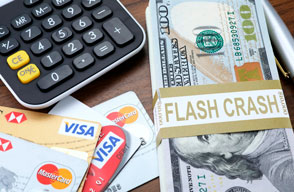
Often during a Flash Crash, the price drop occurs so quickly and unexpectedly that many traders perceive this event as an error of the trading platform.
And they begin to look for the reason for such an event on the Internet or contact the support of their broker’s clients.
In fact, their assumptions often turn out to be not so far from the true reasons causing the Flash Crash.
What Causes Flash Crash?
Human error - The US Securities and Exchange Commission (SEC) has identified humans as the main cause of periodic crashes in the stock and foreign exchange markets.
Computer and software problems - causing dimensions in the data coming from markets or exchanges, may also cause incorrect price data due to glitches in data processing:
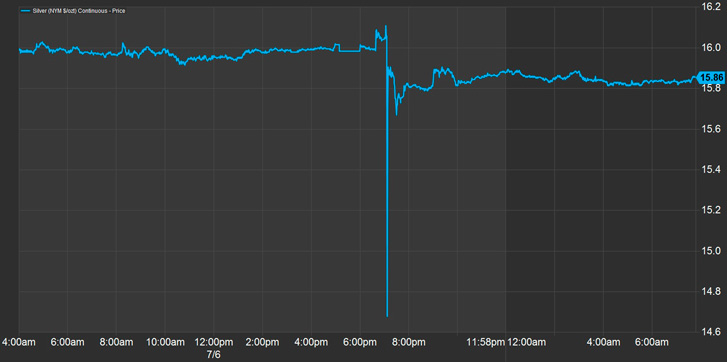
In addition, errors in the program code of automatic trading systems also have negative consequences.
Fraud , a practice known as “spoofing,” involves placing large grids of sell orders in the market that are canceled as the price approaches.
The US Commodities and Futures Trading Commission (CFTC) believes fraud was responsible for the S&P 500's flash crash in 2010.
High Frequency Trading (HFT) - HFT is a controversial trading method that involves an automated system driven by algorithms, called high frequency trading .
HFT systems place a large volume of orders on the market at lightning speed, thereby causing a negative price movement.
Although the role of HFT companies is controversial, central banks believe that it is HFT companies that increase the risk of Flash Crash.
The largest examples of Flash Crash in world markets
2010 NYSE flash crash
The NYSE Flash Crash led to a flash crash in the US stock market on May 6, 2010, causing the Dow Jones Industrial Average to fall 1,000 points in just 10 minutes before rebounding a short time later:
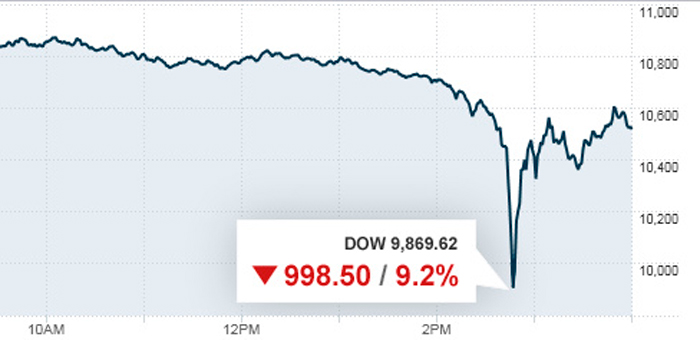
During this event, many stocks on the New York Stock Exchange (NYSE) fell to $1 or below.
By the end of the day, the Dow Jones Industrial Average had recovered to 70% of its original value.
According to the police investigation, the culprit behind the sale was Englishman Navinder Sarao. Investigators discovered that Sarao executed and canceled hundreds of "E-mini S&P" futures contracts.
He used illegal trading tactics that resulted in Waddell & Reed being forced to terminate a $4.1 billion contract.
CME Group warned Sarao and his broker MF Global that Sarao's trades fraudulently manipulate market prices by creating false prices.
At first, most market participants assumed that the cause of the collapse was the high probability of a Greek default and this would lead to a stock market crash. But the real reason turned out to be the actions of Navinder Sarao.
Flash Crash Bonds 2014
On October 15, 2014, the yield on the 10-year Treasury note fell from 2.0% to 1.873% in just a few minutes, before the price quickly recovered. This was the biggest drop in the bond market since 2009:
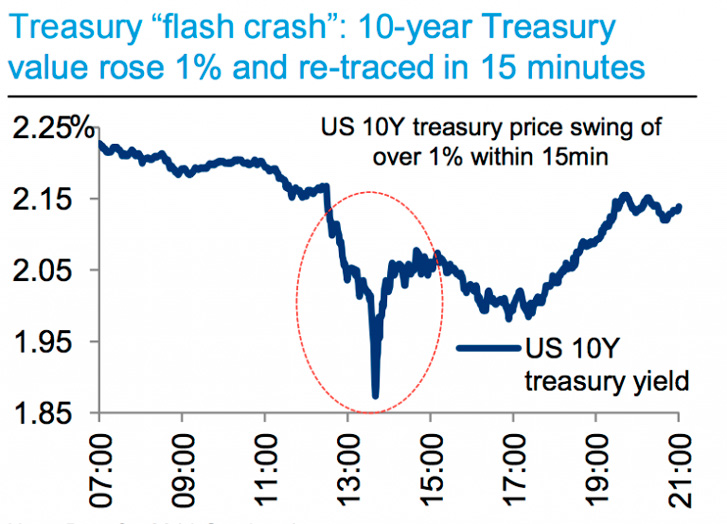
Many blame algorithmic bots for this, since 60% of transactions are completed electronically rather than over the phone.
This made the computer system almost incapable of responding to large blocks of transactions leading to Flash Crash.
Flash crash on NASDAQ
The NASDAQ is known for its flash crash on August 22, 2013. The exchange was shut down from 12:14 pm to 3:25 pm EST:
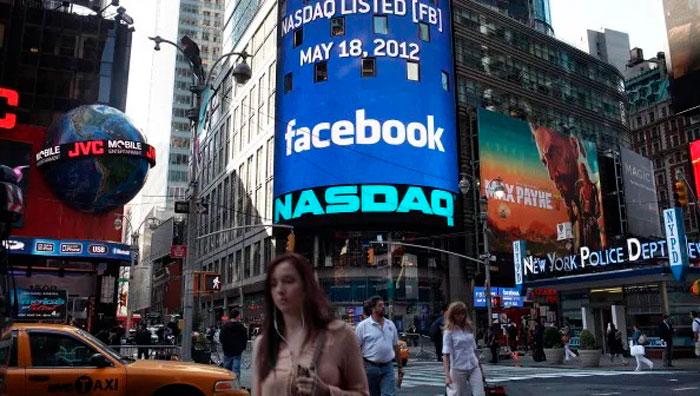
One of the NYSE servers was unable to contact the NASDAQ server to provide stock price data. Despite numerous efforts, the problem could not be resolved and the NASDAQ server crashed.
It was this mistake by NASDAQ that led to a loss of $500 million at the time Facebook's first IPO was announced. May 18, 2012: As a result, the IPO was delayed by 30 minutes.
Due to the glitch, there was simply no way to place, change or cancel orders. After the glitch was fixed, 460 million shares were successfully traded.
How does Flash Crash affect financial markets?
One of the main consequences is that when a flash crash occurs, it results in a recession.
The stock market crash signals a loss of confidence in the economy. When confidence is not restored over a long period of time, it leads to a recession.
However, investors believe that the Flash Crash is just a technical glitch and not a loss of investor confidence in the market.
But if this situation continues long enough, it will cause concern and negatively impact confidence in the market.

